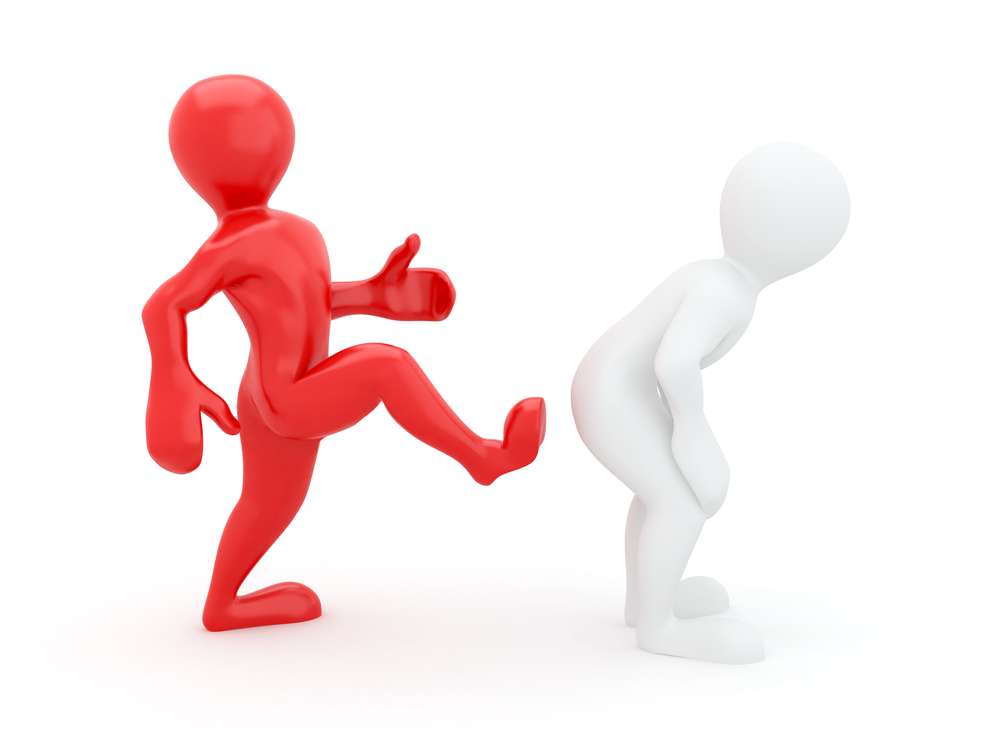Your Injury
- Abdominal Injuries
- Achilles Tendon Injuries
- Ankle Injuries
- Back Pain Lumbar Spine (Low)
- Back Pain Thoracic Spine (Middle)
- Buttock Pain
- Calf Pain
- Elbow Pain
- Foot Pain
- Groin Injuries
- Hamstring Injury
- Hand and Finger Injuries
- Headache
- Hip Pain
- Knee Injuries and Knee Pain
- Neck Pain
- Numbness, Tingling and Nerve Pain
- Thigh (Quadricep) Injuries
- Sciatica
- Shoulder
- Shoulder Blade (Scapula) Pain
- Toe Pain
- Wrist Injuries
Buttock Pain
Buttock pain is commonly seen in athletes involved in kicking or sprinting sports. It can occur on its own or it may be present with low back or leg pain. Pain in this region may arise from a number areas or be referred from the lower back or sacroiliac joint.
A deep, aching, diffuse pain, variable in site is an indication of referred pain. Buttock pain associated with low back pain suggests lumbar spine abnormality.Buttock pain associated with groin pain may suggest sacroiliac joint involvement.
Pain that is easily localised and of a fairly constant nature, is more likely to be from the buttock itself.
Piriformis Pain
What is Piriformis pain?
The pirformis muscle is a short muscle deep in the buttock region. piriformis conditions refer to buttock pain that is caused by this muscle.
What causes Piriformis pain ?
Piriformis conditions usually result from tightening of the piriformis muscle. As a result of a previous strain in the muscle or because of repeated micro trauma to the muscle.
How does Piriformis pain feel ?
Pain felt deep into the buttock, especially felt when the hip is moved to its extremes of movement and particularly when the hip is rotated. For example, whilst changing direction during running
Management of Piriformis pain and how to fix it
You should consult your nearest sports medicine professional. You shouldn’t ignore the problem and continue to participate in sport. This may lead to your problem deterioration, resulting in a prolonged recovery. In addition, you should avoid activities that aggravate your pain. The assistance of a sports medicine professional can assist in diagnosing the problem and establishing its severity. From this, the sports medicine professional will be able to determine an appropriate treatment plan. This may involve activity modification, soft-tissue treatment such as massage and stretching, and electrotherapy treatment. Following on this from this, a series of progressive strengthening exercises will enable you to return to sport participation.



